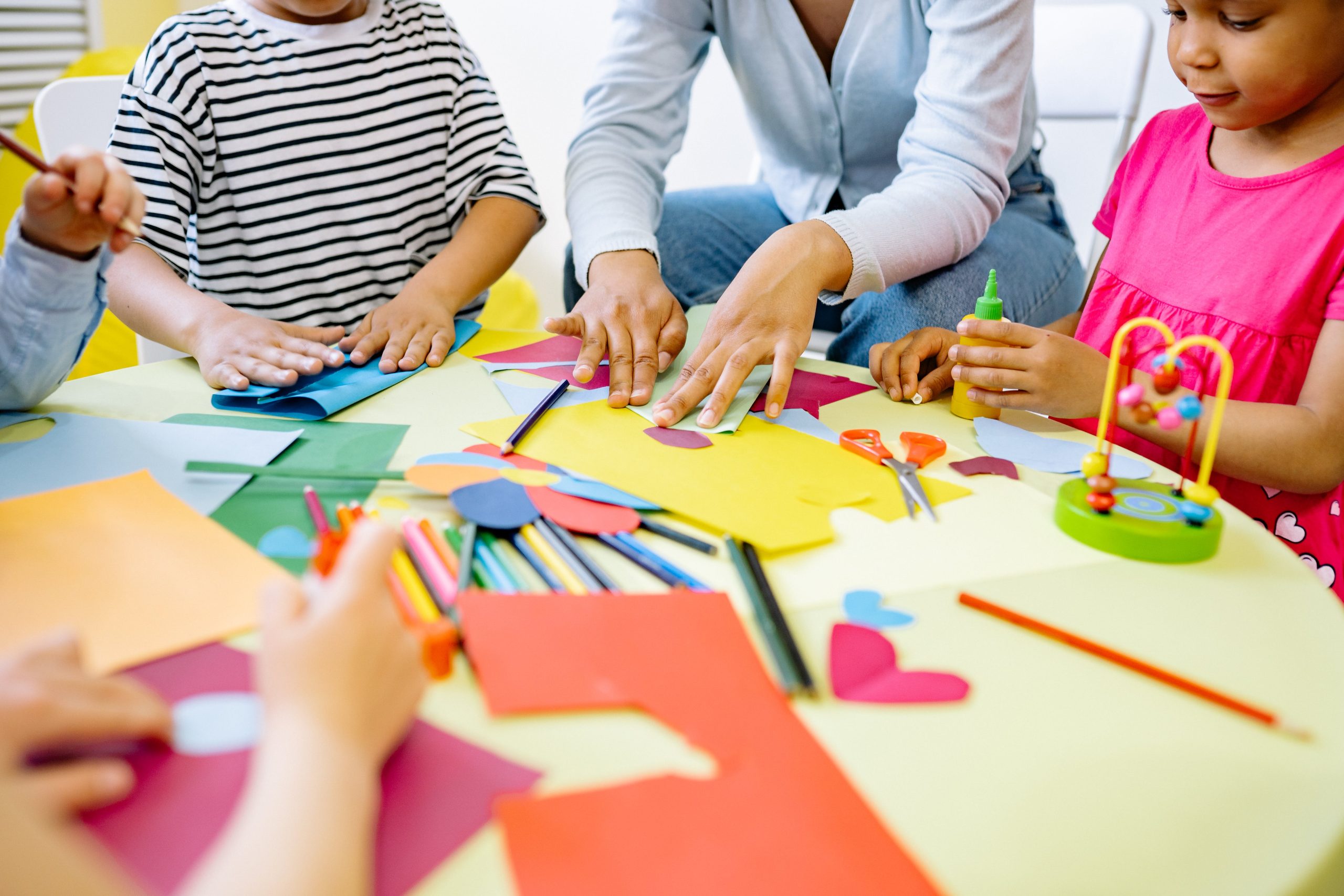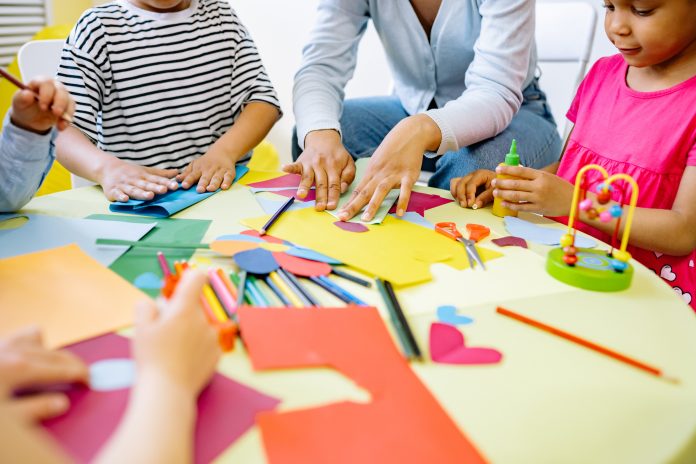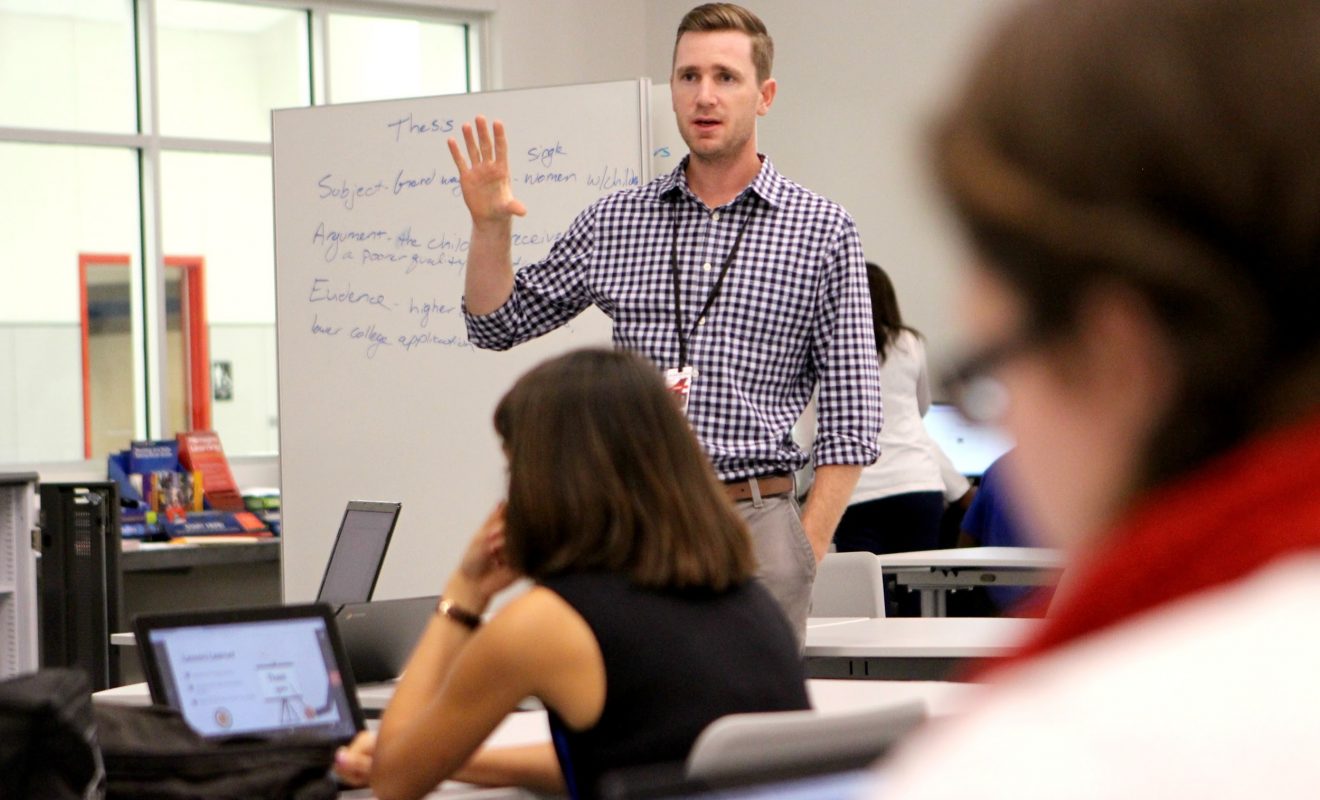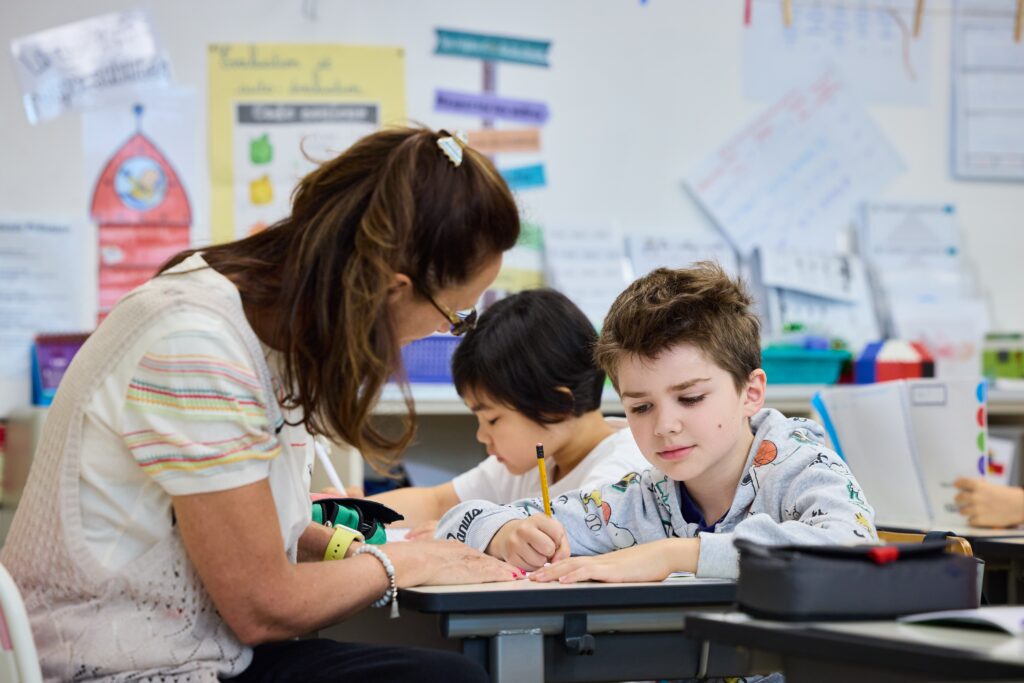The relationship between art and mathematics is a fascinating topic that has captured the attention of educators and scholars for centuries. They are often perceived as separate disciplines, but numerous intersections exist that suggest a profound connection that can enrich the classroom learning experience. In an increasingly complex world, where critical thinking and creativity are essential, understanding this connection can help educators design more integrative and effective methodologies.

This article will delve into various facets of the relationship between art and mathematics, beginning with a history of how these two disciplines have coexisted and evolved. As we progress, we will explore practical examples of how the fusion of art and mathematics can be applied in education and how these interactions can benefit students in their learning process. Finally, we will discuss the current relevance of this connection in contemporary educational programs and its impact on the development of critical and creative skills.
The history of the relationship between art and mathematics
Throughout history, art and mathematics have been intertwined in surprising ways. From the architecture of ancient Greece, which used mathematical principles to create balanced and visually harmonious structures, to the works of Renaissance artists like Leonardo da Vinci, who applied geometric concepts to give depth and proportion to his paintings, the interrelationship between these two disciplines has been palpable. The use of the golden ratio , for example, has been a widely used technique in art to evoke an aesthetic that humans find pleasing.
Furthermore, during the Baroque period, artists like M.C. Escher took this relationship to new heights, using mathematics to create optical illusions and impossible shapes that challenge the traditional notion of space and time. This type of exploration demonstrates how art can be not only a means of expression but also a fertile ground for mathematical experimentation. In education, this story shares an important lesson about the need for interdisciplinary approaches that foster creativity while developing fundamental mathematical skills.
Practical applications in the classroom
Incorporating projects that combine art and math into the classroom can be an effective way to engage students’ interest and encourage deeper learning. For example, students can work on creating patterns using elements of geometry and symmetry, drawing inspiration from the work of famous artists who have utilized these techniques. Through this activity, they not only develop their math skills but also explore their creativity by creating unique visual works.
Another practical approach could be to use programming and graphic design to create digital artwork that utilizes mathematical formulas. Software like Processing allows students to apply mathematical concepts in a design context, where they can see the results of their calculations and adjustments in real time. This not only promotes an understanding of mathematical principles but also offers them a tangible and engaging way to experiment with both art and mathematics in a digital environment.
Benefits of the interdisciplinary approach
The connection between art and mathematics is not only theoretically interesting but also offers significant benefits for students. An interdisciplinary approach provides students with a richer understanding of both fields, allowing them to see the applications of mathematical knowledge beyond numbers and equations. When students engage in activities that combine these two disciplines, they can develop critical skills such as problem-solving, critical thinking, and creativity.
Furthermore, this type of integration can help students who may feel intimidated by math find a new interest or appreciation for the subject. By presenting math in a creative or artistic context, the pressure typically associated with conventional teaching methods is reduced. Students can come to see math as a tool for expression rather than simply a set of abstract calculation rules and problem-solving.
The impact on the development of critical skills
When allowed to explore the relationship between art and math, students often experience significant growth in interpersonal and thinking skills. Collaboration on art and math projects fosters teamwork and effective communication, which are essential skills in any discipline. Through this collaboration, students learn to listen to and value the ideas of their peers, which is crucial for developing emotional intelligence.
Furthermore, the practice of making connections between art and math stimulates critical thinking by requiring students to analyze, critique, and evaluate their work as well as that of their peers. This constant interaction not only reinforces learned concepts but also prepares students to face future challenges, equipping them with a flexible and multifaceted approach to problem-solving.
Challenges in the implementation of interdisciplinary programs
Despite the numerous benefits, implementing the connection between art and mathematics in education is not without challenges. Many educational programs are structured in such a way that artists and mathematicians tend to operate in isolation, which can hinder effective collaboration. This segmented approach can lead to a lack of appreciation for how these fields can complement and reinforce each other’s learning.
Furthermore, the training and resources available to educators may be limited. Many teachers may feel hesitant to approach the fusion of these two disciplines due to a lack of familiarity or experience in one of them. To overcome these obstacles, it is crucial to provide adequate training and resources that allow educators to feel confident integrating projects that involve both art and mathematics.
Contemporary culture and its influence on education
Today, contemporary culture is beginning to recognize the importance of the connection between art and mathematics in education, promoting innovative approaches in the classroom. From art exhibitions to public installations that combine artistic elements with mathematical principles, the community is increasingly aware that these disciplines are not only compatible but can also enrich each other.
Digital platforms have provided unprecedented access to resources that allow educators to explore and implement interdisciplinary projects, as well as the opportunity for students to collaborate with artists and mathematicians from around the world. By employing these tools, educators can foster a learning culture that embraces curiosity and exploration, leading their students to understand and value both art and mathematics in their lives and the world at large.
Conclusion The importance of the art-mathematics connection
Exploring the connection between art and mathematics in education is a revelatory journey that leads to a greater understanding and appreciation of both disciplines. History has shown that these two areas are interdependent, and that their fusion can result in a significant impact on learning, fostering creativity , critical thinking , and the development of social and emotional skills.
The challenge lies in implementing these connections in educational programs that have traditionally been divided. However, with access to adequate resources and a culture of collaboration, educators can inspire their students to see the world through an interdisciplinary lens, where art and mathematics not only coexist but also enhance each other. As we move into a future that values both creativity and logical thinking, understanding and applying this connection becomes increasingly crucial to preparing students for the challenges they will face.










